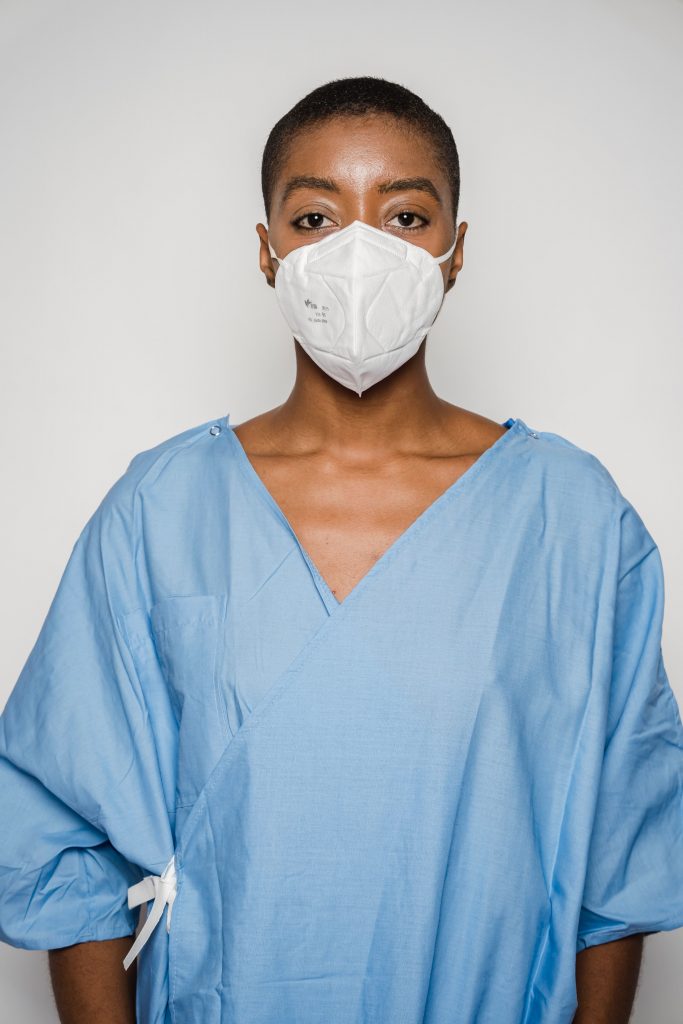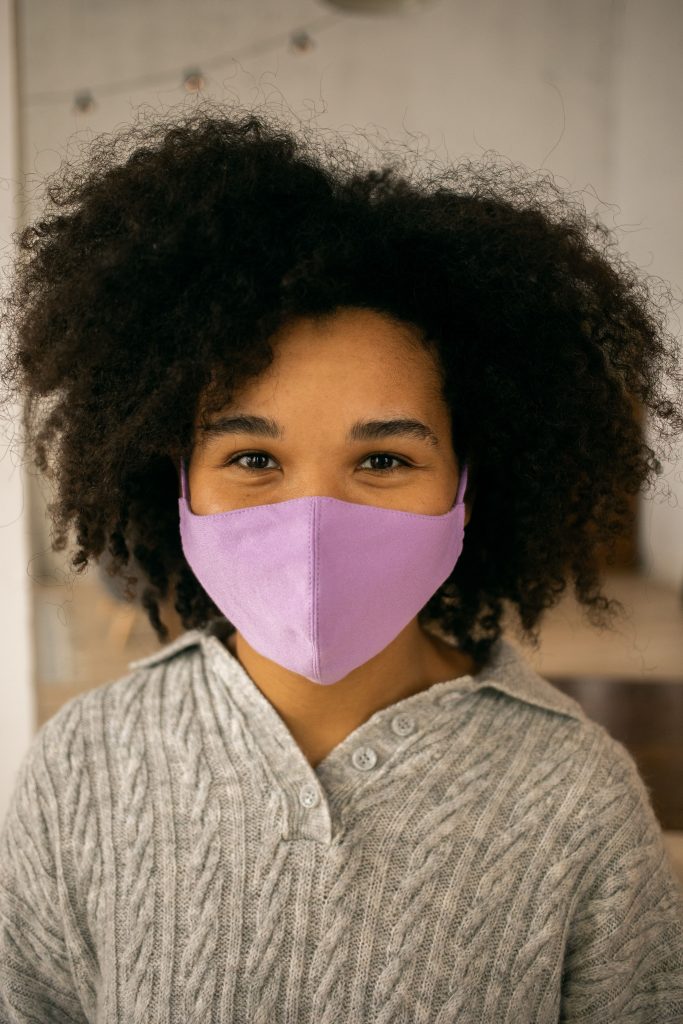The COVID-19 pandemic has seen a resurgence recently and if the last two years have taught us anything, it is to not take the coronavirus for granted. And while face masks have become an essential in the two-year old pandemic, there are many who are still aren’t entirely aware of the right kind of masks. Some of these questions have gained currency yet again following the emergence of Omicron, a variant which is highly transmissible.
Let’s take a quick look at right masks that can help keep Omicron at bay and what are the effective mask wearing etiquette that needs to be followed.
Cloth + Surgical Mask or an N95/FFP2 – Explaining the science
Let’s begin by understanding the differences between cloth masks, surgical masks and respirators. A cloth mask is a loose-fitting mask that creates a physical barrier between the mouth and nose of the wearer and potential contaminants in the immediate environment. A surgical mask is a 3-ply mask meant to be used by medical personnel during procedures. N95 respirators, on the other hand, are personal protective equipment that protect the wearer from airborne particles and aerosols from entering the respiratory system.
The N95/FFP2 ranks as a high barrier to transmission of flu, infection, and inevitable air-borne viruses. Rigorously tested for several transmission conditions, N95/FFP2 masks usually use five-layers with electrostatically charged melt-blown filters that provide adequate protection from airborne particulates aerosols as small as 0.3 microns. This means that it has the power to filter out most bacterial, viral and particulate aerosols. Such masks are designed to give the optimum fit which means leakage from the sides of the mask are also minimized. Recent findings of United States-based American Conference of Governmental Industrial Hygienists (ACGIH) shows that N95 mask gives fifty-five times longer protection from transmission of infection between two people wearing N95 masks as compared to two people wearing cloth masks. ACGIH is focused on occupational and environmental health and safety in industries.
The advanced construct of a good quality BIS approved FFP2 mask like Savlon which is comparable to an N95 mask has a splash resistant outer layer, a sweat or moisture resistant inner layer and one or more electrostatically charged melt-blown filter layers. Electrostatically charged Melt Blown filters enhance the masks’ ability to trap infectious aerosols and is the differentiator when it comes to achieving high levels of filtration while also providing for relative ease of breathing.
Proper usage
Studies from the National Institute for Occupational Safety and Health (NIOSH) have found that a surgical mask blocked 59% of respiratory aerosols from a cough, whereas a three-layer cotton mask blocked 51% of these aerosols, compared to an N95 mask which blocked up to 95% of the aerosols.
Having understood the benefits, we should also be aware of the right manner of usage for respirators. Masks should be worn cautiously, when outdoors or overcrowded indoors, ensuring that it covers the nose and the mouth and minimizes any gaps. If you are wearing a FFP2 or N-95 mask, double masking must be avoided. Instead, one can look at wearing a multi-layered N-95 mask such as Savlon FFP2 S Mask that uses an advanced five-layer filtration system with electrostatically charged melt-blown filters which enhances its filtering ability.
Also, hand hygiene comes into the picture before wearing a mask and after removing it, and always dispose responsibly as per instructions on pack. We should be aware that this not only act as a preventive facial respirator, but it has also become an important aspect towards a healthy lifestyle.
Before we go, a quick reminder – While wearing masks, any masks –
- Ensure hand-hygiene before wearing and after removing mask
- Ensure best fit and tight seal for full protection – with no gaps along the sides.
- Ensure coverage from the ridge of your nose down to under your chin
- Avoid repeatedly touching or adjusting your mask














